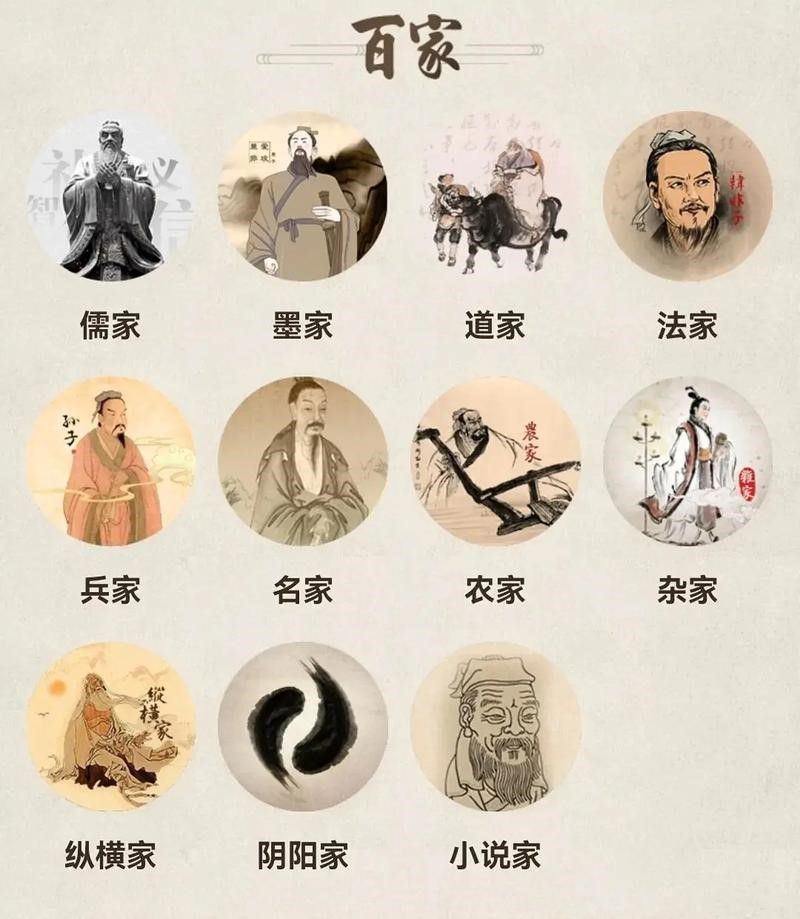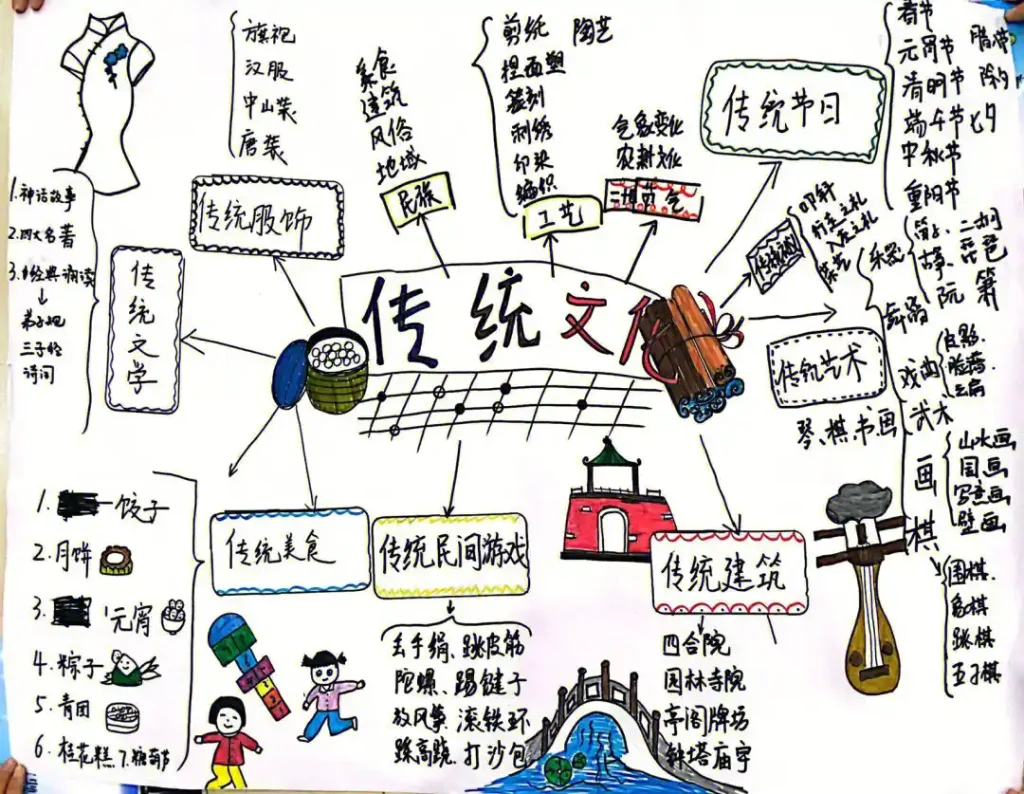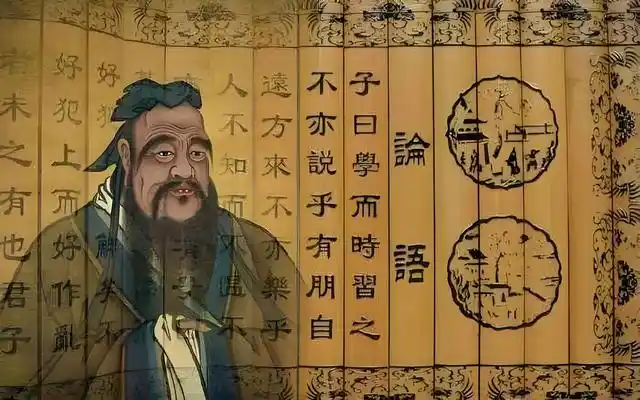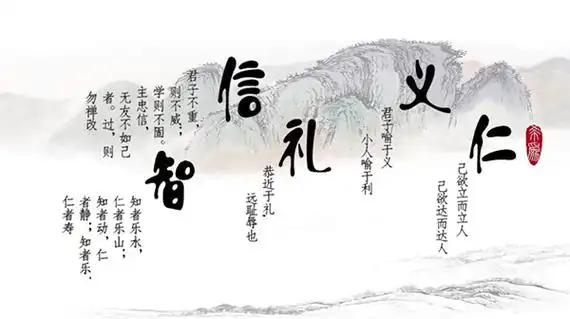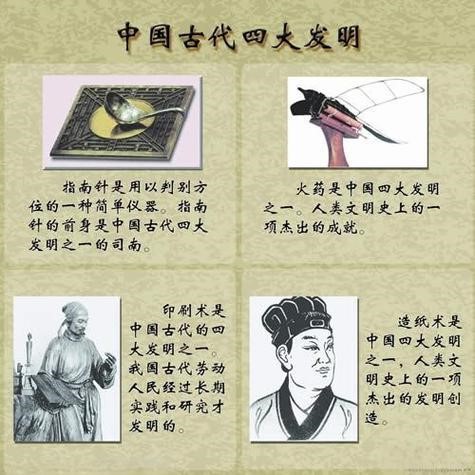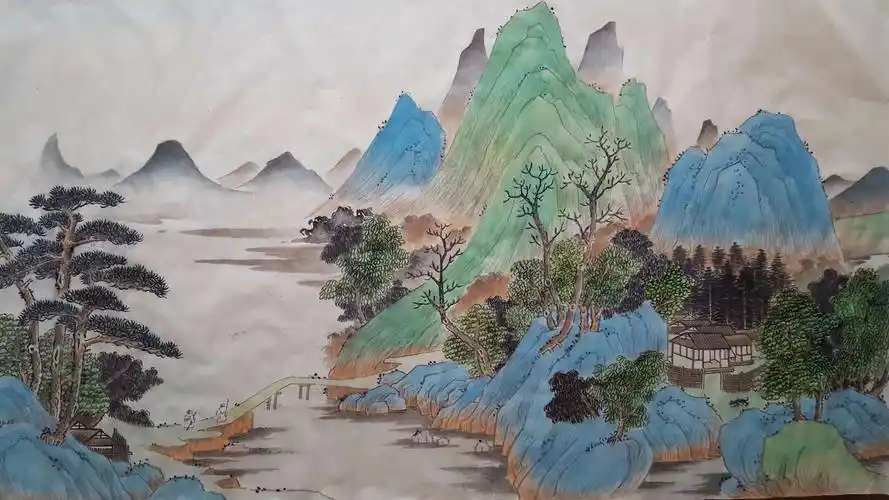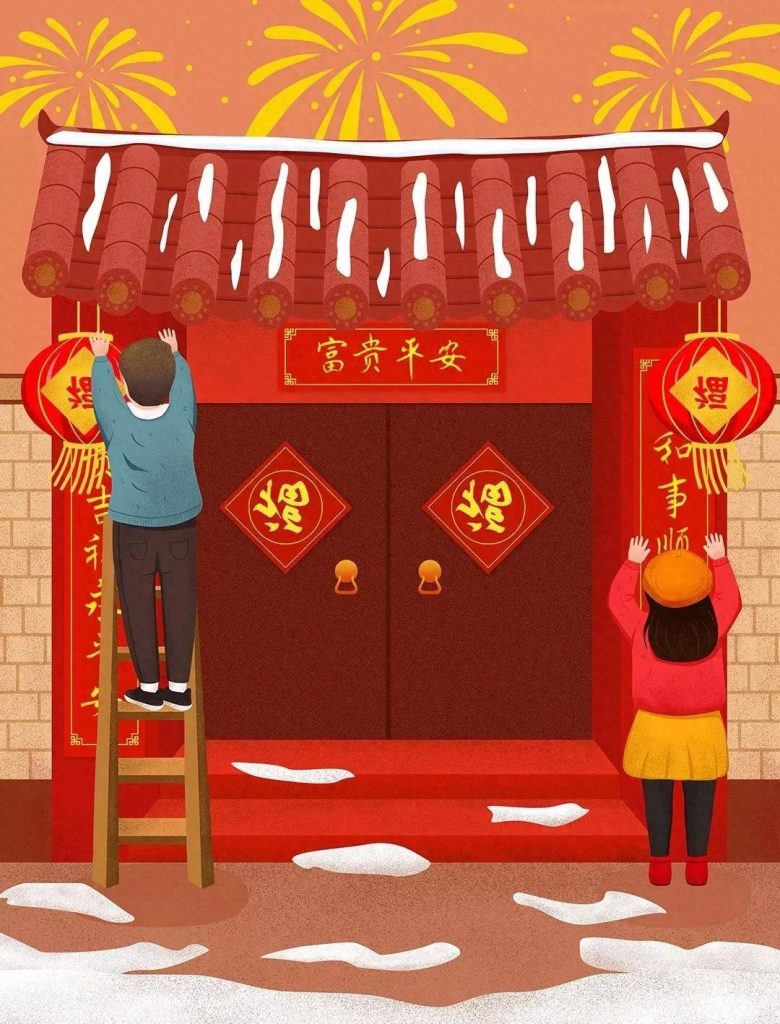Overview of Chinese culture
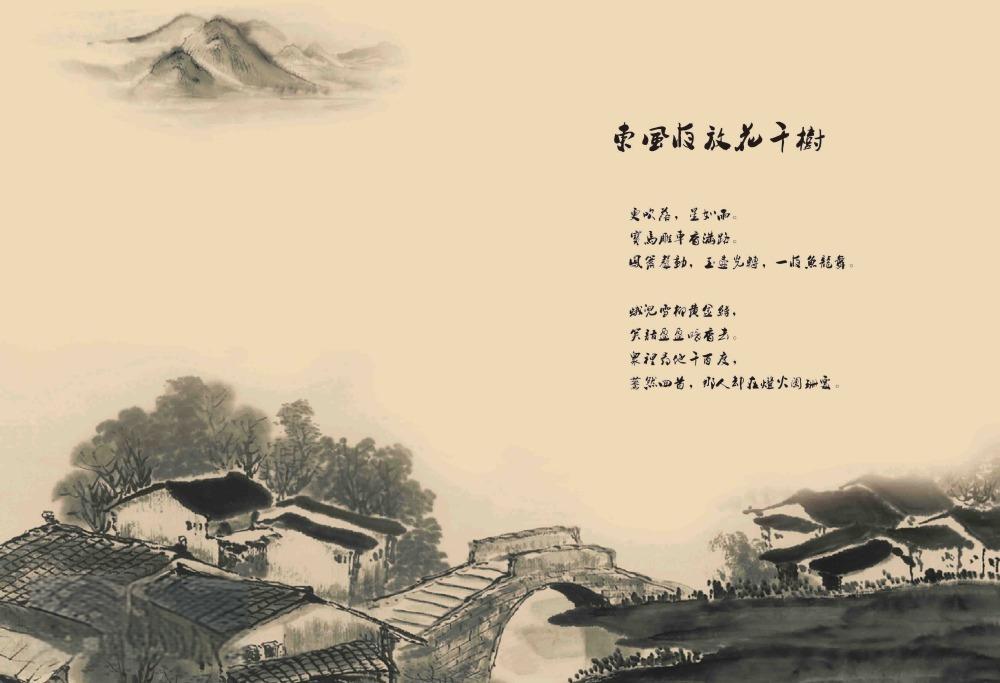
Chinese culture, based on Chinese civilization, is a culture formed by fully integrating the cultural elements of all regions and nationalities in the country. Different from the international nature of Chinese culture, it can be called “Chinese culture” (the culture of the People’s Republic of China). The Oriental civilization system deeply influenced by the Chinese civilization is called the “Han Culture Circle”, which refers to the social ideology and reflects the development level of social politics, economy, science and technology. From the invention and creation of the Paleolithic Age, to the reform of Kang Youwei and Liang Qichao and the democratic revolution of Sun Yat-sen, all of them are the driving forces to promote the development of society.
Chinese culture, according to the legend of Chinese history, has experienced Chao, Cheren, Fuxi, Shennong (Yan Di), Huang Di (Xuanyuan), Yao, Shun, Yu and other times, “History of the Pre-Qin Dynasty” says: “The trace of our country’s civilization, can be traced from Chao, Sui, Xi, Nong.” The first state in China, the Xia Dynasty, was established. Since its development, a China with a splendid culture has stood tall in the East of the world with rich and colorful cultural elements.
The first international academic organization with Chinese culture as its main research object was the Jingxing Society founded by Li Linshu in Germany in 1921. The birth of Jingxing Society marked the beginning of Chinese culture gradually accepted by Western mainstream intellectuals. Chinese culture has not only exerted an important influence on Japan and the Korean Peninsula, but also exerted a profound influence on Southeast Asian and South Asian countries such as Vietnam and Singapore and even the Americas. China’s developed shipbuilding technology, navigation technology and compass technology were first applied to navigation, which led to the formation of the so-called blue civilization and the Pacific Rim culture circle. Zheng He’s seven voyages to the Western Seas further deepened the spread and radiation of this culture, and thus formed the East Asian cultural circle with Chinese culture as the center of the world. With the prosperity of China’s national strength and the improvement of its international status, countries around the world, including some countries in Asia and Europe, have given high recognition and attention to Chinese culture.
